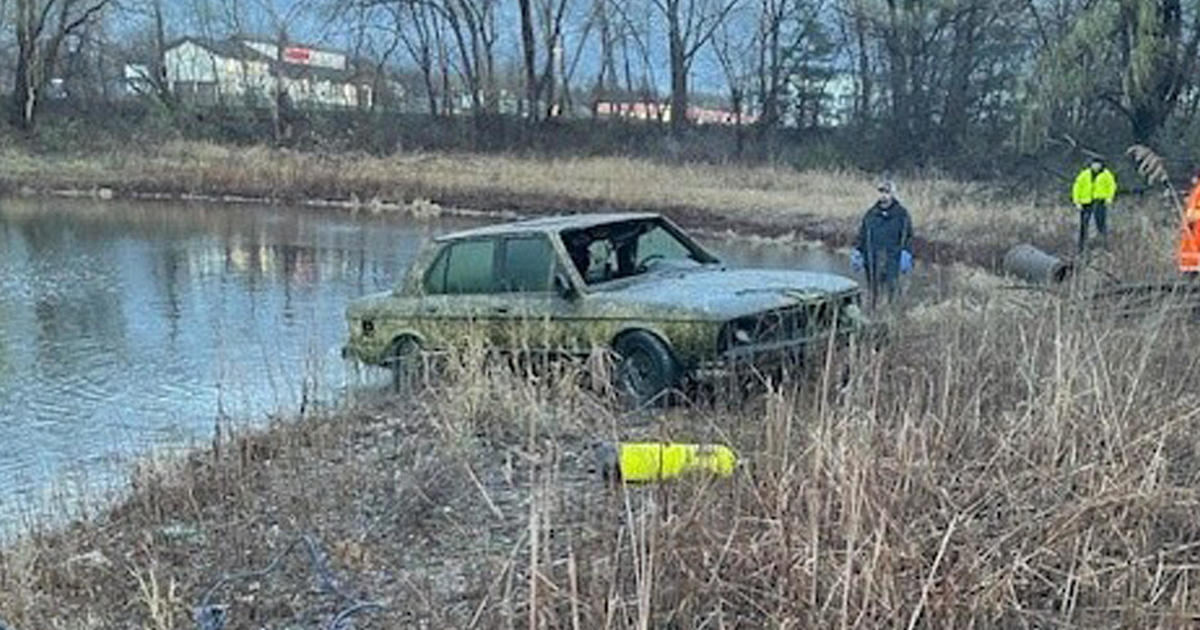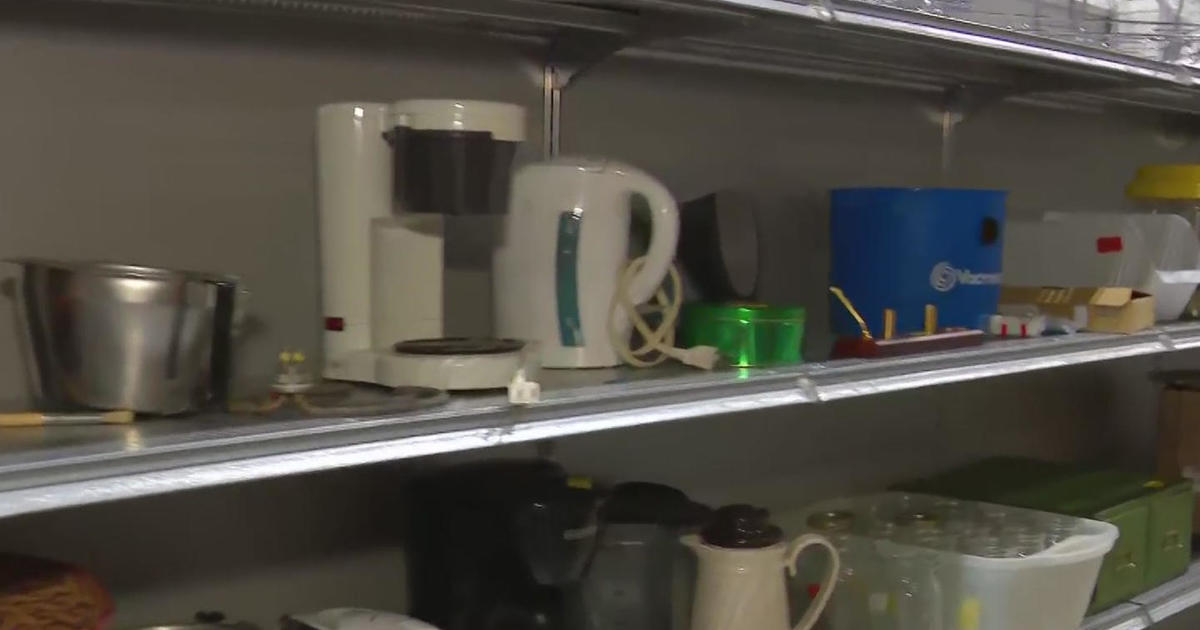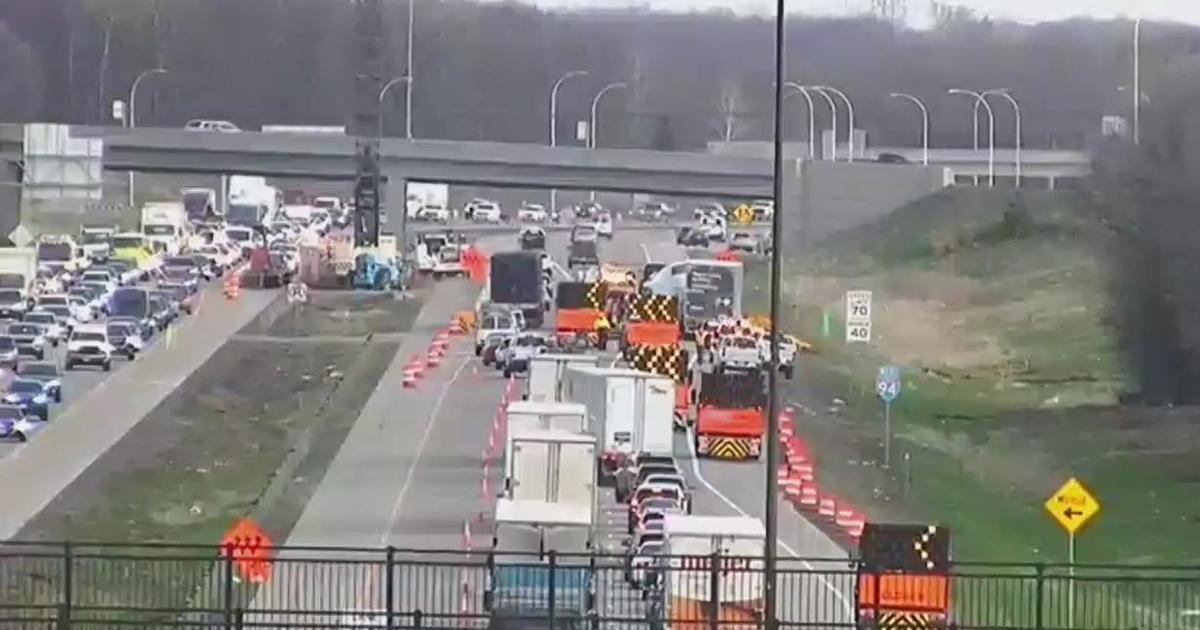N.D. Looking To Clean Up Waste Land In Oilfields
BISMARCK, N.D. (AP) — A half-century after it held saltwater and other oil-drilling waste, an abandoned pit near the Little Missouri River in western North Dakota was dug out and filled with fresh soil this week with hopes that the site will someday be capable of producing vegetation again.
The reclamation, which involved the removal of some 6,900 tons of salt-tainted soil, came in the eleventh hour, workers say, as one more bout with heavy spring rains could have caused river erosion to eat into the briny pit near Medora, potentially threatening water supplies for several communities downstream.
The 5,000-square-foot pit is one of only six so-called legacy sites targeted under new state legislation that sets aside $1.5 million over the next two years to restore land impacted from oil booms past and where companies no longer are legally responsible. The work near Medora, which was ranked as a top priority by the state, will use at least a third of the appropriation, regulators say.
"We have to find a way to do it better, faster and cheaper," said Alison Ritter, a spokeswoman for the state Department of Mineral Resources, which regulates oil and gas development in the state.
That's where the state's two biggest universities come in: Money from a portion of a tax on North Dakota oil production is funding competing research to develop a method of restoring such sites without the use of expensive mechanized excavation.
The focus is on remediating land ruined by saltwater, a byproduct of oil production that can be many times saltier than seawater. When land is spoiled by briny drilling waste, the traditional fix is to dig up and haul away the tainted soil and re-cover the land with good dirt.
"We want to get away from digging holes — that's just not sustainable," said Kevin Sedivec, a professor at North Dakota State University, which was awarded about $300,000 to develop a pilot project.
NDSU's research is focused on applying low-cost and readily available chemicals to the surface of brine-tainted sites, which would cause the salt to rise to the surface where it could be scraped off and disposed. Sedivec said researchers have had success with the method in in the lab, and field trials are expected to begin at a few sites next year in the north-central part of the state, where the school has identified some 175 salt-contaminated waste pits, some dating back to the first oil boom in the early 1950s.
The practice of dumping saltwater in the unlined pits was outlawed in 1983, Ritter said. Those pits were not mapped, so the state does not know how many of them may exist. None of the known sites are a threat to drinking water sources, regulators say.
At the University of North Dakota, the Energy and Environmental Research Center is using $500,000 to develop a remediation method centering on using pumps and drainage tiles to flush and recover salt from brine sites.
John Harju, an EERC vice president, said 104 brine-impacted locations have been documented in Bottineau and Renville counties, and EERC will focus its pilot project on a location in Bottineau County.
Jon Ellingson, a manager for Terracon, an Olathe, Kansas-based company hired to oversee the work at the Medora site, said he would like to see both schools' research prove successful.
Their findings may have applications on newer spills, he said, where brine has not migrated several feet below the surface. But on older spills, a backhoe can't be beat, he said.
"For some of these that have sat there 30-plus years, removal and backfilling is still probably going to be the best technique," Ellingson said.
(© Copyright 2015 The Associated Press. All Rights Reserved. This material may not be published, broadcast, rewritten or redistributed.)



